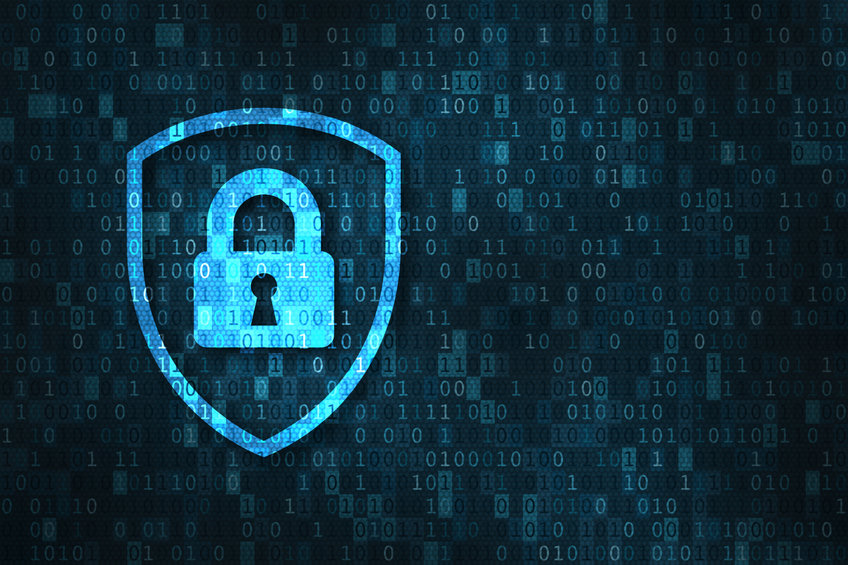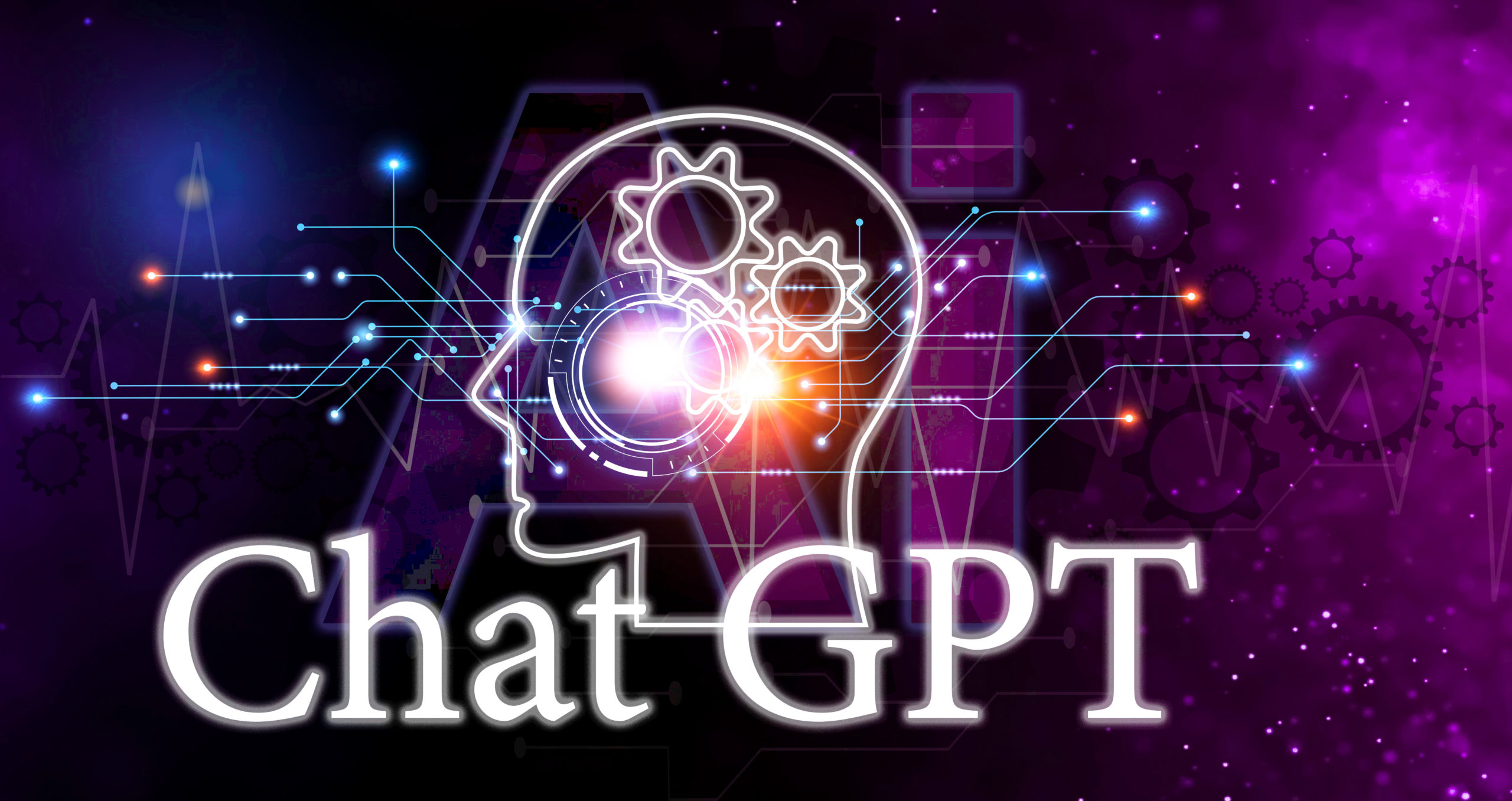What small to midsized organizations need to know about ChatGPT and Cyber security
In the ever-evolving world of cyber threats, it’s no surprise that small and mid-sized businesses (SMBs) are constantly bombarded with news and hype surrounding the latest cyber security and ChatGPT.
But as a CEO, IT Director, or Manager, you need more than just over-hyped headlines—you need an honest understanding of how they could affect your organization.
That’s where this article comes in.
Our goal is to cut through the noise and provide you with a full understanding of the genuine cybersecurity risks associated with ChatGPT and other AI tools.
We’ll dive deep into the underexplored aspects, offering valuable insights into how these threats could impact your organization.
Along the way, we’ll help you navigate the challenges you may face in addressing and mitigating these risks.
We’ll cover the following:
- What ChatGPT is and why it’s becoming a cybersecurity concern.
- The true risks and potential vulnerabilities that ChatGPT presents.
- Best practices for safeguarding your organization against ChatGPT-related cyber threats.
- There is only one way to protect your organization from ChatGPT, or any other tool cybercriminals use.
By the end of this article, you’ll have a solid understanding of ChatGPT and its cybersecurity implications, empowering you to make informed decisions for your organization.
Remember, knowledge is power, and regarding the intersection of ChatGPT and cybersecurity, this article will provide the valuable insights you need to make well-informed decisions for your organization.
We’ll separate hype from reality, giving you the confidence to address these challenges head-on.
First, the Hype: Where’s it all coming from?
Some of the hype surrounding ChatGPT and cybersecurity can be attributed to its impressive language capabilities, which have captured the public’s imagination. The capacity to produce extremely lifelike and human-sounding text has raised red flags about the potential for ChatGPT to be misused in cyberattacks, such as crafting persuasive phishing emails, generating deep fakes, or orchestrating disinformation campaigns.
In addition, the media’s portrayal of this state-of-the-art technology can sometimes inflate or overstate the dangers associated with ChatGPT, leading to a skewed understanding of the actual risks at hand. This intensification of anxieties is further exacerbated by a widespread lack of knowledge about the technical aspects of ChatGPT or AI overall, resulting in misunderstandings and unease about its abilities and constraints.
Finally, the swift progress in Artificial Intelligence (AI) and its growing incorporation into many facets of daily life have led to heightened awareness of potential risks. Publicity surrounding AI has never been more prominent than it is today. Nonetheless, it’s essential to distinguish the sensationalism from the truth in order to fully grasp the cybersecurity consequences of ChatGPT.
Now, The Reality: The truth about ChatGPT and cybersecurity
 Yes, ChatGPT and other AI tools like it can be used by cybercriminals and hackers to attack your company … that is absolutely true.
Yes, ChatGPT and other AI tools like it can be used by cybercriminals and hackers to attack your company … that is absolutely true.
But a second truth is this:
While ChatGPT’s advanced language model introduces some new challenges, it doesn’t fundamentally change the cybersecurity landscape.
ChatGPT’s ability to generate human-like text raises concerns about its potential misuse in phishing emails, disinformation campaigns, or social engineering attacks.
However, many of these threats already exist and can be managed with existing cybersecurity measures and responsible AI usage. As AI technology evolves, staying informed and investing in robust security measures with your IT provider is essential.
By doing so, you can harness the potential of ChatGPT and other AI advancements while reducing your cyber risk.
At the close of this article, we will address the one thing every organization needs to do to protect itself from AI and non-AI-generated cyber threats!
Ok, now that we have addressed both the hype and reality of the cyber-security risk with ChatGPT. Let’s discuss what ChatGPT is and why it’s a security concern.
What is ChatGPT?
ChatGPT is an advanced language model developed by OpenAI, known for its ability to understand and generate human-like text. It helps organizations streamline communication, automate content generation, and provides intelligent customer support.
 For SMBs and local governments, ChatGPT offers numerous benefits, such as reducing response times in customer support and enhancing the overall customer experience. In addition, by automating tasks like email drafting and social media updates, businesses can save time and resources, allowing them to focus on their core competencies.
For SMBs and local governments, ChatGPT offers numerous benefits, such as reducing response times in customer support and enhancing the overall customer experience. In addition, by automating tasks like email drafting and social media updates, businesses can save time and resources, allowing them to focus on their core competencies.
However, despite these advantages, ChatGPT’s ability to mimic human communication has also made it a potential tool for cybercriminals.
Why the cyber security concerns with ChatGPT?
As AI and ChatGPT’s capabilities continue to advance, it’s important to understand this tool’s genuine risks and vulnerabilities.
One of the most significant risks of ChatGPT lies in its potential for use in social engineering attacks. Cybercriminals can leverage the AI’s impressive language generation skills to craft highly convincing phishing emails. As a result, they need to be made easier for individuals and businesses to distinguish between legitimate and malicious messages.
Furthermore, ChatGPT can create deep fake content, spread disinformation, or manipulate public opinion, thus posing a broader societal risk.
Let’s look deeper into 5 ways cybercriminals can use ChatGPT
1. ChatGPT’s Human-like Responses Can Be Deceptive
It can generate human-like responses, posing a significant challenge for humans to distinguish between real and fake responses.
As a result, cybercriminals can use ChatGPT to generate fake responses that appear legitimate, leading to misinformation or fraud. This presents a significant challenge for businesses and individuals seeking to protect sensitive information.
2. ChatGPT Can Be Used for Manipulation
ChatGPT can be employed in various manipulative ways within the realm of cybersecurity, primarily because of its exceptional ability to produce authentic and human-like text. Some of these exploitative strategies include:
-
Phishing emails:

- Bad actors can leverage ChatGPT to craft highly believable phishing emails, deceiving recipients into sharing sensitive data, such as login details or personal information. These emails might appear genuine, which makes them challenging to identify.
-
Social engineering schemes:
ChatGPT can impersonate reliable individuals or organizations in digital conversations, coaxing victims into actions that jeopardize their security. This might involve revealing confidential data, providing unauthorized access, or even transferring money.
-
Disinformation operations:
ChatGPT’s language generation abilities can be misused to create and distribute false data, propaganda, or deep fake material. This can erode trust in good sources, sway public opinion, or disrupt the smooth operation of institutions.
-
Manipulating user-generated content platforms:
ChatGPT can generate lifelike comments, evaluations, or forum contributions that tamper with online discussions, fabricate support for particular products or ideologies, or undermine genuine information sources.
-
Automated reconnaissance for social engineering:
ChatGPT could potentially be harnessed to automate the collection of personal or organizational details from social networks and other digital platforms. This data can then be employed to design highly focused and effective social engineering assaults.
Investing in strong cybersecurity measures, creating methods for detecting AI-generated material, and fostering responsible AI usage are essential to counteract these exploitative techniques.
3. Input Manipulation Can Generate Harmful Content
Input manipulation refers to the process of deliberately crafting inputs to generate specific and potentially harmful output, particularly from AI models like ChatGPT.
For small and medium-sized businesses (SMBs) and local governments, input manipulation poses unique risks. Here’s a detailed explanation of how it can generate harmful content.
- Confidential information exposure: By skillfully manipulating inputs, threat actors can trick AI models into revealing sensitive data about SMBs and local governments, such as proprietary information, employee details, or even security protocols.
- Deceptive communication: Input manipulation can generate realistic and highly convincing emails or messages, impersonating key personnel or departments within SMBs or local governments. This can lead to unauthorized access, data breaches, or financial loss.
- Misinformation campaigns: AI models like ChatGPT, when subjected to input manipulation, can create disinformation that undermines the credibility and authority of SMBs or local governments. This can result in reputational damage, mistrust, or even disruption of essential services.
- Influence operations: By generating targeted content, input manipulation can sway public opinion or manipulate stakeholders, impacting the decision-making process within SMBs or local governments.
4. Unauthorized Access Can Compromise Sensitive Data

Unauthorized access to sensitive data is a significant concern for organizations and individuals. When unauthorized individuals gain access to confidential information, it can lead to various negative consequences. Here’s a comprehensive explanation of how unauthorized access can compromise sensitive data and some steps to address the issue:
- Identity theft: Unauthorized access to personal data such as Social Security numbers, birth dates, or addresses can lead to identity theft. Cybercriminals can use this information to open new accounts, make purchases, or conduct fraudulent activities in the victim’s name.
- Financial loss: When unauthorized individuals access financial data, such as credit card numbers or bank account details, they can steal funds or make unauthorized transactions, leading to financial loss for individuals and organizations.
- Reputational damage: The unauthorized disclosure of sensitive data, whether it’s related to clients, employees, or internal business operations, can severely damage the reputation of a company or individual. Trust can be quickly eroded, impacting future business prospects or relationships.
- Intellectual property theft: Unauthorized access to trade secrets, patents, or other forms of intellectual property can compromise a company’s competitive advantage. Competitors or cybercriminals may exploit this information for their benefit, causing economic harm.
- Compliance and legal issues: Organizations handling sensitive data are often subject to strict regulations and compliance requirements. Unauthorized access to such data can result in hefty fines, legal consequences, or even the suspension of business operations.
Now that we have identified the list of all the ways ChatGPT and AI can be used nefariously. We’ll address …
Something you hear very little about in the News right now …
How ChatGPT and other AI Tools can help in your battle against cyber criminals

While much attention is given to the potential risks of AI tools like ChatGPT in cybersecurity, there needs to be more focus on the positive impact these tools can have in combating cybercrime. ChatGPT and other AI technologies can be valuable assets in the fight against cybercriminals. Here’s an overview of how these tools can help:
- Threat detection and analysis: AI tools can quickly analyze vast amounts of data to identify patterns and anomalies, helping organizations detect potential cyber threats and breaches more efficiently than traditional methods.
- Automated response: AI-powered systems can automatically respond to identified threats, neutralizing cyberattacks or limiting their impact, saving valuable time and resources.
- Vulnerability assessment: AI tools can scan networks, software, and hardware for vulnerabilities, enabling organizations to address potential weaknesses before cybercriminals exploit them.
- Security training: AI-driven training programs can simulate various cyberattack scenarios, allowing employees to learn how to recognize and respond to threats effectively. This can significantly reduce the risk of successful phishing or social engineering attacks.
- Intelligent authentication: AI technologies can enhance authentication processes by incorporating biometrics, behavioral analytics, or continuous authentication, making it more difficult for cybercriminals to gain unauthorized access.
- Predictive analytics: By analyzing historical data and identifying trends, AI tools can help organizations anticipate and prepare for future threats, enhancing their overall cybersecurity posture.
By embracing the potential of ChatGPT and other AI tools in the battle against cybercrime, organizations can bolster their cybersecurity defenses, stay ahead of emerging threats, and minimize the risk of successful attacks.
There is only one way to protect your organization from cyber-attacks from ChatGPT or any tools available to Cybercriminals

ChatGPT, similar to other tools leveraged by cyber adversaries, can target weak spots and orchestrate assaults on organizations.
To safeguard your business effectively, adopting a fully-layered, all-encompassing cybersecurity strategy that addresses various attack vectors and ensures robust protection against potential threats is essential.
To protect your organization from ChatGPT-related cyber threats, adopting a proactive approach and following best practices is crucial. Here are some strategies to help safeguard your organization:
1. Employee training:
Educate your employees about AI-generated content and its risks, including phishing emails and social engineering attacks. Ensure they can identify potential threats and understand how to respond.
2. Multilayered security:
Implement a comprehensive cybersecurity framework that includes firewalls, antivirus software, intrusion detection systems, and secure network protocols to create multiple lines of defense against threats.
3. Regular updates and patches:
Keep all software, including AI tools, updated with the latest security patches to minimize vulnerabilities that cybercriminals could exploit.
4. Access control:
Establish strict access controls for sensitive data and systems, using techniques such as multi-factor authentication, role-based access control, and the principle of least privilege.
5. Monitor and analyze:
Regularly monitor and analyze network traffic, user behavior, and system logs for unusual activity that may indicate a ChatGPT-related attack.
6. Incident response plan:
Develop a robust incident response plan that outlines how your organization will respond to ChatGPT-related cyber threats, including containment, eradication, and recovery.
7. Third-party risk management:
Assess the security posture of third-party vendors and partners interacting with your organization to ensure they take adequate measures against ChatGPT-related risks.
8. AI-generated content detection:
Employ AI-generated content detection tools to identify and flag potential ChatGPT-generated content, minimizing the chances of it causing harm.
By implementing these best practices, your organization can significantly reduce the likelihood of falling victim to ChatGPT-related cyber threat. And it will help you maintain a strong security posture in the face of evolving risks.
Conclusion
 This article has aimed to dispel myths and separate hype from reality, providing an honest and transparent analysis of ChatGPT and its potential implications on cybersecurity.
This article has aimed to dispel myths and separate hype from reality, providing an honest and transparent analysis of ChatGPT and its potential implications on cybersecurity.
Regarding ChatGPT and cybersecurity, there’s much buzz out there.
But what we wanted to do in this article was to cut through all that hype. And give you the facts about the real risks and what you can do to keep your organization safe.
So, we’ve talked about ChatGPT and why it’s become something that’s got people talking in the cybersecurity world. We’ve also dug into the risks and vulnerabilities of using ChatGPT and other AI tools like it.
And we’ve given you some solid tips on protecting your organization from these cyber threats.
But let’s be real – there’s no one-size-fits-all solution to keeping your business safe from cybercriminals.
The key is to stay informed and always look for new ways to stay ahead of the bad guys. This means investing in continuous learning, staying up-to-date on emerging risks, and adapting your security strategies to tackle new challenges.
If you would like to learn more about our full-layered, cyber security solutions, check out this link.
The Security Shield





